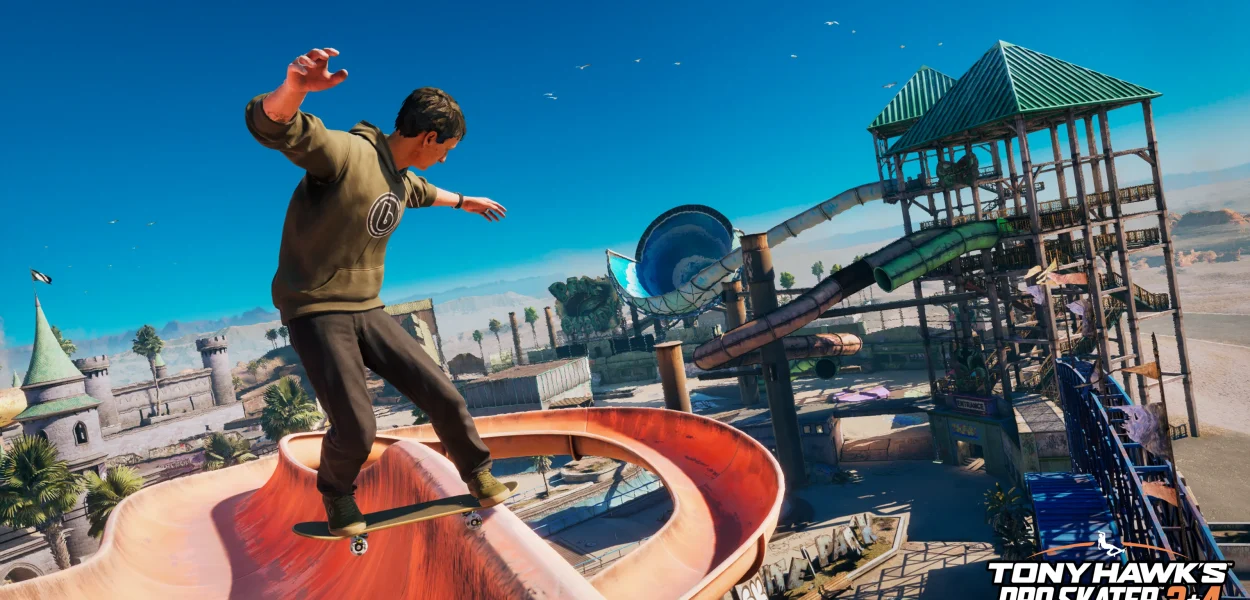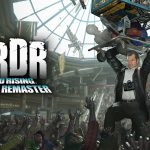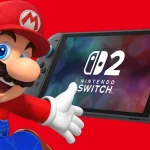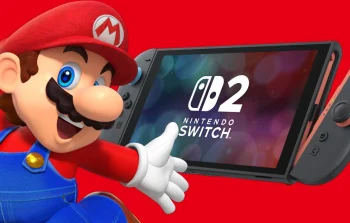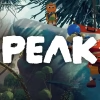There was a time in gaming when style, soundtrack, and sheer flow meant everything — and no series embodied that more than Tony Hawk’s Pro Skater. While the first two games launched the franchise into mainstream stardom, it was THPS 3 and 4 that took the formula and polished it into something legendary.
These weren’t just games — they were a cultural moment, syncing skate culture, punk rock, and tight mechanics into some of the most replayable, rewarding gameplay loops of the early 2000s.
Let’s rewind the tape and see why Tony Hawk’s Pro Skater 3 + 4 still rip harder than most modern titles.
Gameplay That Defined a Genre
THPS 3 marked the jump to the PlayStation 2 era — and what a jump it was. It introduced reverts, which allowed players to chain vert tricks into manuals, opening the door to absurdly long combo strings. The addition of this one mechanic fundamentally changed the series’ depth.
Tony Hawk’s Pro Skater 4 built on that momentum by expanding the formula. It dropped the traditional 2-minute timer and replaced it with free-roam objectives, giving players time to explore and master each level at their own pace.
Key Mechanics Introduced:
- Revert (THPS 3): Seamlessly link vert and street tricks
- Spine Transfers (THPS 4): Opened up new park transitions
- Open-world objectives (THPS 4): Greater freedom of exploration
- Custom goals and characters: Personalize your skating style
Together, these titles cemented the “flow state” gameplay that skateboarding games now aspire to recreate.
Level Design – From Suburbs to the Summit
THPS 3 features iconic levels like:
- Canada: Chill vibes with secret gaps
- Tokyo: Tight indoor lines and neon energy
- Foundry: Industrial ramps and launch pads
THPS 4 expands things further:
- Alcatraz: Tight corridors and rooftop lines
- College: Giant campus perfect for manuals
- Zoo: One of the most creative skateparks ever designed
What’s impressive is how every level tells a story. There’s a rhythm to how you explore, discover gaps, hit special trick lines, and experiment.
Even after hours of play, you keep finding new combos, routes, and easter eggs. In modern terms, this is evergreen content done right.
The Soundtrack – Punk Rock Perfection
If there’s one thing that hit just as hard as the tricks, it’s the soundtrack. Both games feature a mix of punk, hip hop, and metal that perfectly complemented the energy of each level.
THPS 3 Playlist Highlights:
- Alien Ant Farm – Wish
- Motorhead – Ace of Spades
- Red Hot Chili Peppers – Fight Like a Brave
THPS 4 Playlist Highlights:
- System of a Down – Shimmy
- AC/DC – TNT
- NWA – Express Yourself
To this day, gamers credit these games with shaping their music taste. It’s not nostalgia — these were just killer soundtracks.
Visuals & Animation
THPS 3 was a graphical leap on PS2, but more importantly, it felt smooth. Skater animations, trick transitions, and bails were fluid, responsive, and crunchy in all the right ways.
THPS 4 polished things up: character models were sharper, the environments more reactive, and the sense of speed and height was unmatched for the time.
Today, even on emulators or original hardware, they hold up surprisingly well — especially with a bit of texture smoothing.
Characters & Culture
The roster was packed with real-life skating legends like:
- Tony Hawk
- Bam Margera
- Rodney Mullen
- Kareem Campbell
- Elissa Steamer
THPS 4 added even more variety, including secret characters like Darth Maul and Wolverine (yes, really). These wild additions gave the game personality and a sense of fun missing in many modern sports titles.
Why They Still Matter
These games weren’t just about high scores — they were about freedom of expression. You didn’t just complete goals — you put your own spin on them, literally and figuratively.
The intuitive controls, rewarding challenge curve, and top-tier level design make these games still insanely fun to pick up today.
Even the THPS 1+2 remaster owes its quality to the groundwork laid by 3 and 4. And yet… we still wait for a proper remaster of these gems.
System Requirements:
Minimum Requirements:
OS: Windows 10 (64-bit)
Processor: Intel Core i3-4340 or AMD FX-6300
Memory: 8 GB RAM
Graphics: NVIDIA GTX 660 or AMD Radeon HD 7950
Storage: 20 GB available space Recommended Requirements:
OS: Windows 10 (64-bit)
Processor: Intel Core i5-4690 or AMD Ryzen 5 1600X
Memory: 12 GB RAM
Graphics: NVIDIA GTX 970 or AMD Radeon R9 390
Storage: 20 GB available spacePros
- Tight, responsive gameplay
- Perfectly balanced trick system
- Legendary soundtracks
- Iconic levels with insane replay value
- Tons of unlockables, secrets, and challenges
- Still easy to play and love in 2025
Cons
- Lacks the polish of modern remakes
- No online play in original versions
- Can be tough for new players unfamiliar with combo chaining
- Visuals are dated by modern standards (unless modded)
In This Article

